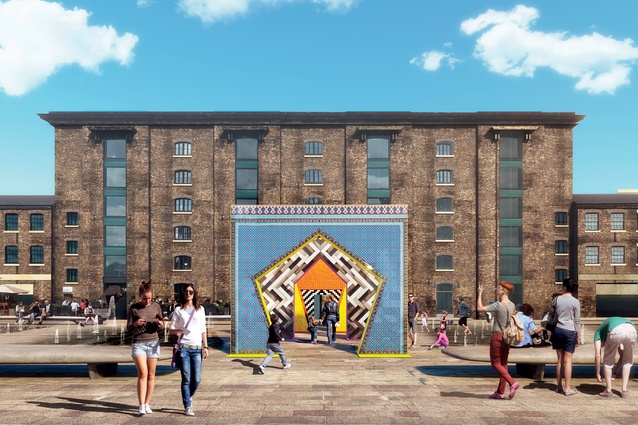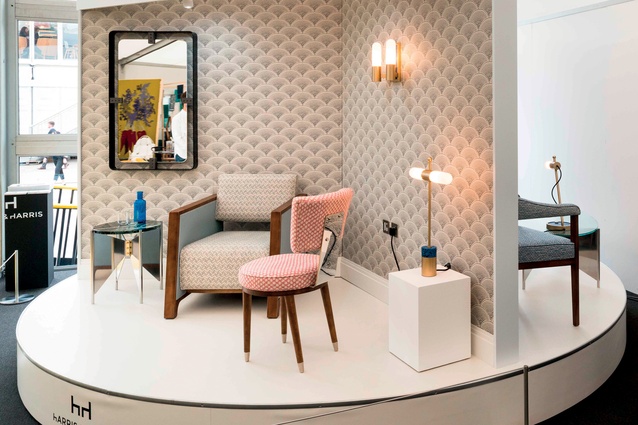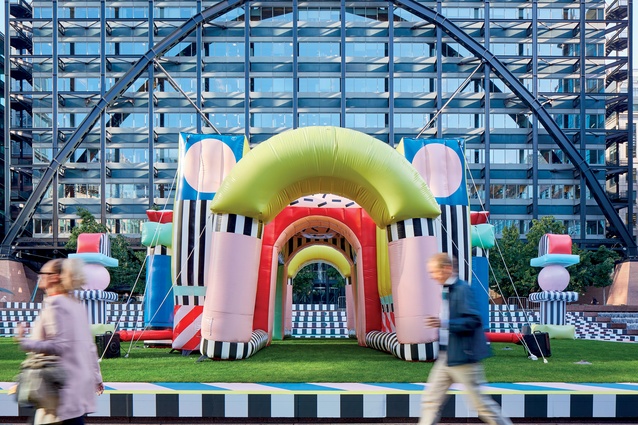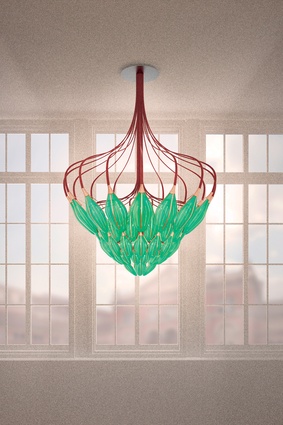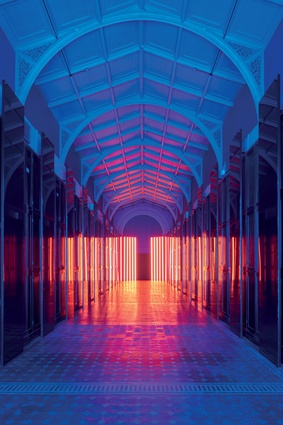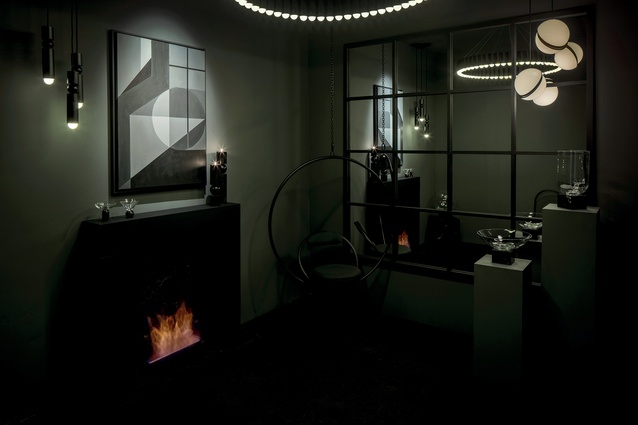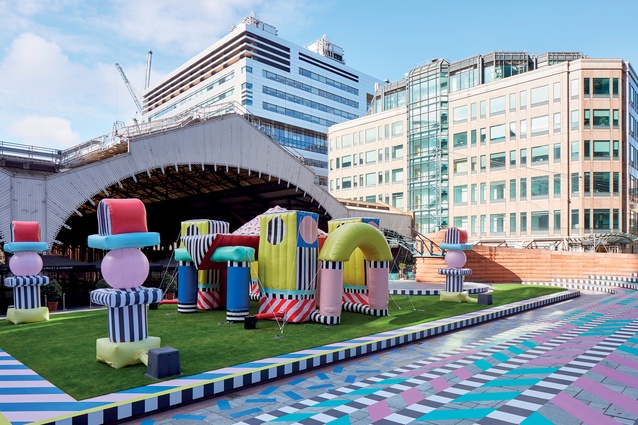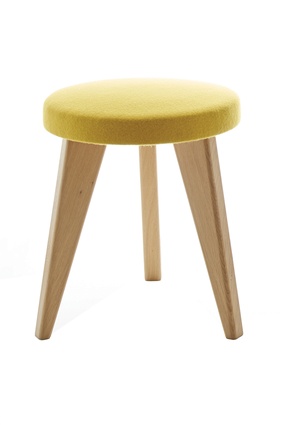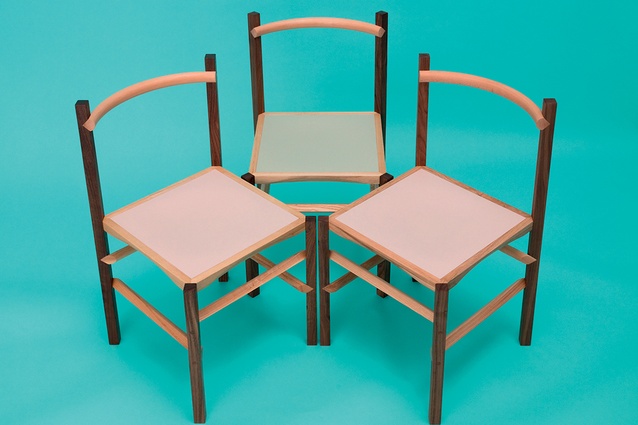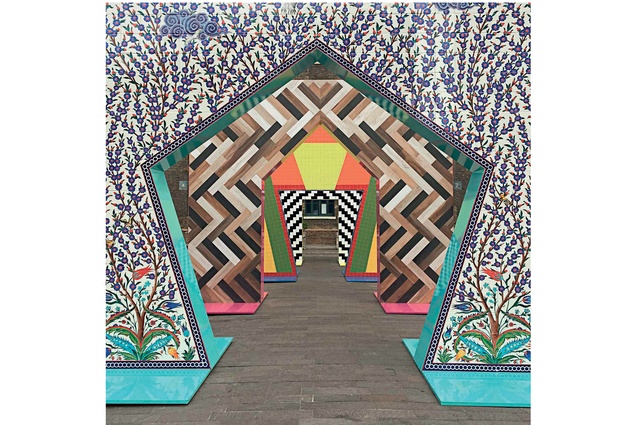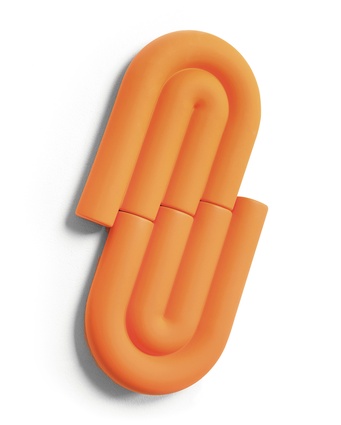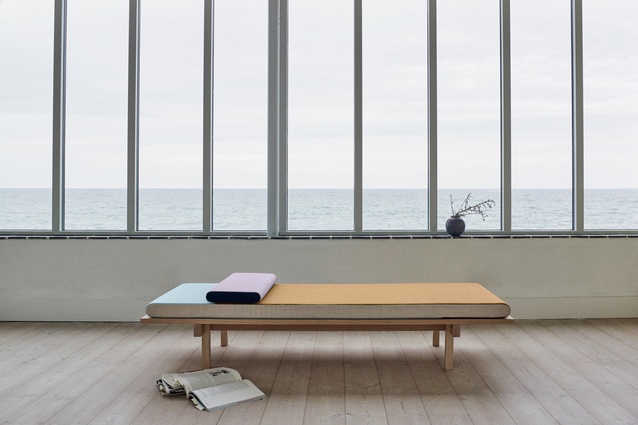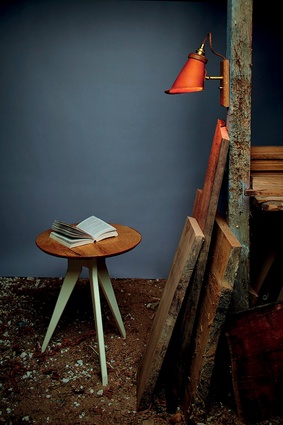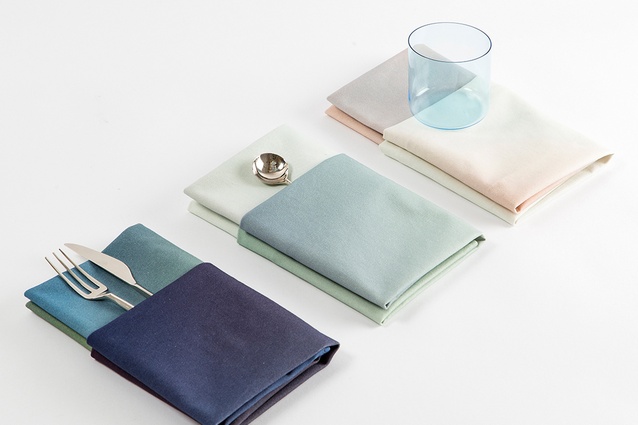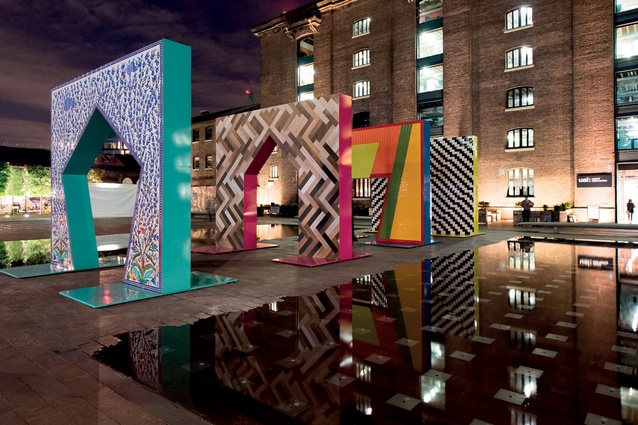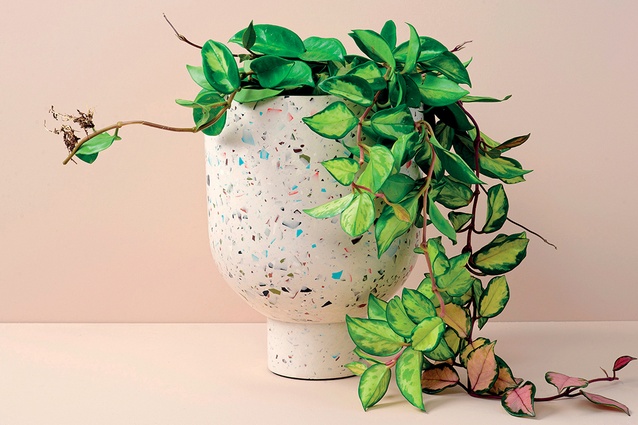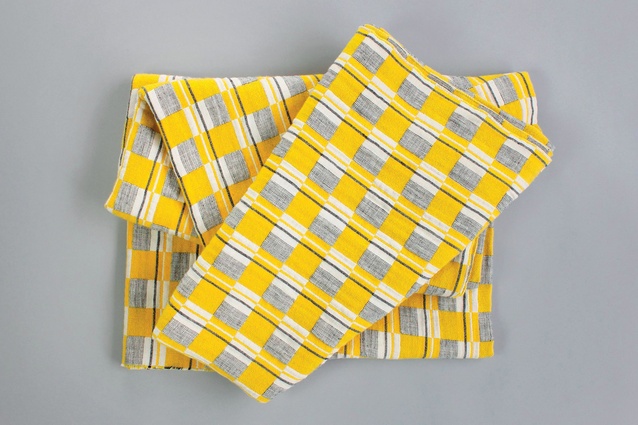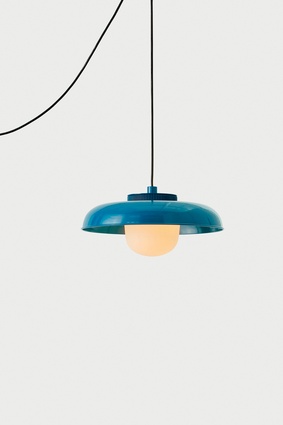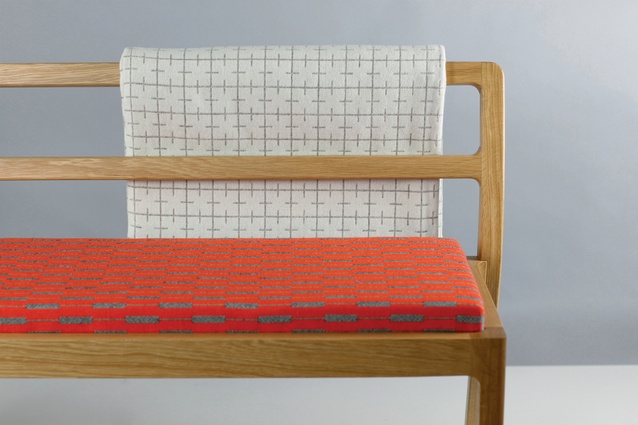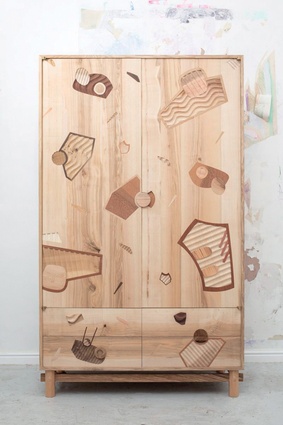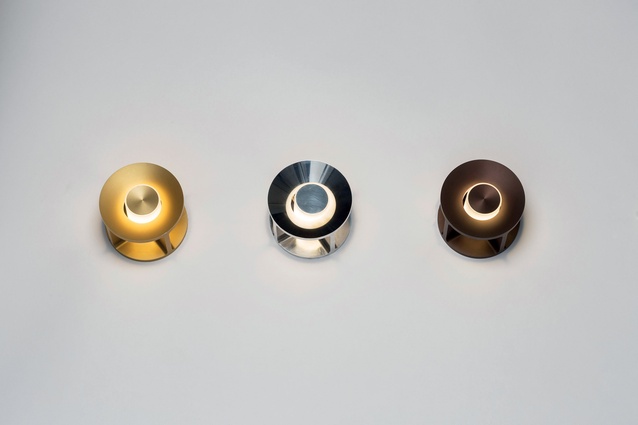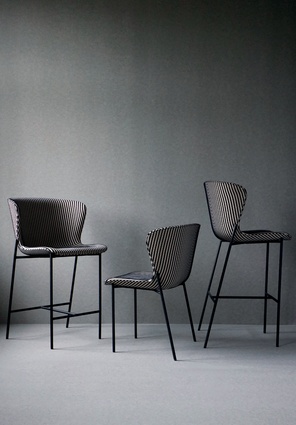The value of design
The 15th London Design Festival, held from 16–24 September 2017, explored exciting design ideas within an expansive feast of events and exhibitions.
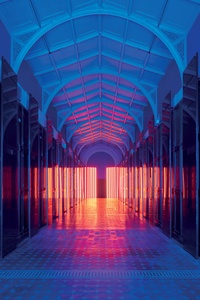
The 2015 London Design Festival (LDF) boosted tourism spend by an estimated £69.4m and generated £45.8m in exports, which is encouraging for the UK, given Brexit-related economic gloom. The number of festival events grows annually. Designers and architects are commissioned to build Landmark Projects in public spaces and installations at the festival’s official hub, the Victoria and Albert Museum.
In 2017, nine design districts were designated: Bankside, Brixton, Brompton, Chelsea, Clerkenwell, Islington, Mayfair, Pimlico Road and Shoreditch. The odds against anyone seeing them all must be worse than getting around the Monopoly board with a single throw of the dice.
At the Victoria and Albert Museum (V&A), London-based Australian lighting artist and designer Flynn Talbot transformed the Prince Consort Gallery into an immersive Reflection Room. He highlighted its length by lighting the vaulted space at both ends, and expanded its width by positioning gloss-black stretch membrane Barrisol panels on facing walls.
Woven with Tryka LED profiles emitting vivid orange and blue-hued light, Talbot’s 21st century textile referenced the gallery’s historic function of displaying 30,000 textile samples.
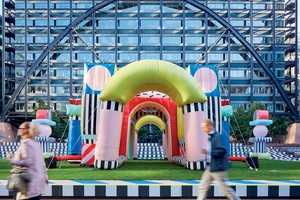
The stand-out 2017 Landmark Project was a gigantic, vibrantly patterned bouncy castle. French artist Camille Walala’s eponymous Villa Walala was incongruously sited in the middle of Exchange Square, Broadgate, where she hoped it would bemuse city workers and encourage them to hug its squidgy vinyl and relax. Children loved it more.
V&A artist in residence Julian Melchiorri created ‘Exhale’ Bionic Chandelier, which utilises bionic-leaf technologies to create the ‘world’s first living and breathing chandelier’, transforming carbon dioxide into oxygen.
Design Junction, held from 21–24 September, was launched in 2011 and is developing a stronger presence every year; invariably it’s the most interesting of the five LDF ‘design destination’ exhibitions. Its exhibiting designers and manufacturers occupy a more innovative niche in contemporary design, poised between low-cost contract office furnishing and sky-high luxury interior decoration.
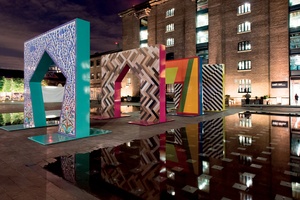
Gateways, installed among programmed jets of water within the fountain space at Granary Square, King’s Cross, comprised four 4m high arches. Designed by Andrew Nathaniel Furman and covered in plain coloured Turkish ceramic tiles arranged in geometric patterns, the arches dazzled in autumn sunshine.
Harris & Harris’s stand, a slowly revolving turntable, which sequentially revealed two room sets and a garden furniture setting, was far and away the most innovative. The design of their upholstered seating collection – comprising two dining chairs, a club chair, two sofas and a bench seat – has echoes of art deco but is wholly contemporary.

